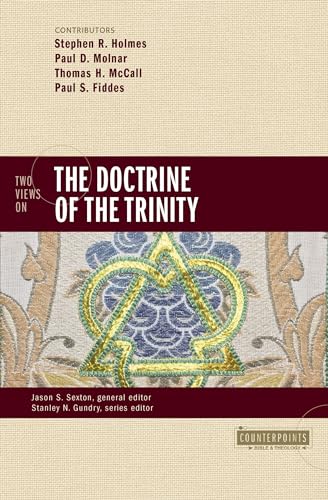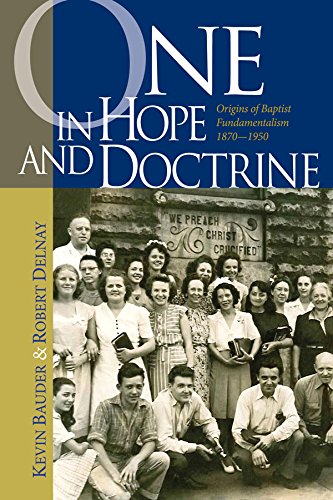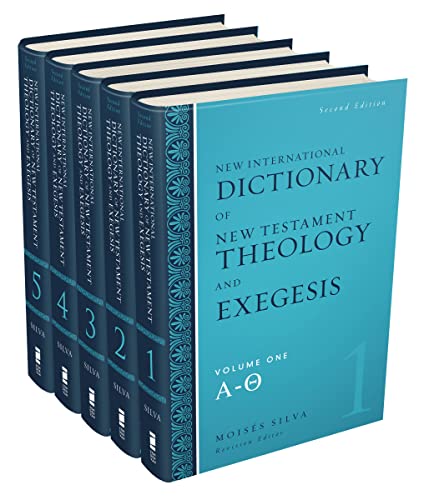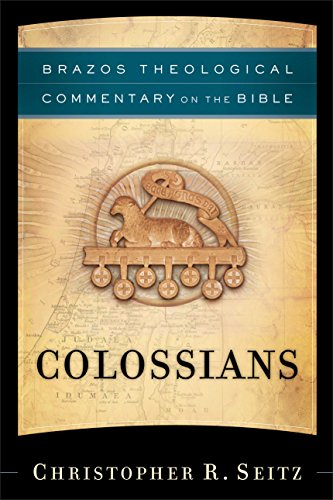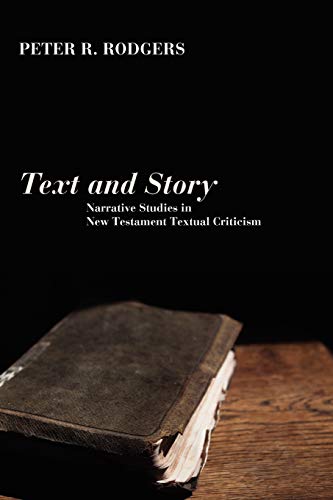Martin, longtime professor at Fuller Seminary, finished this revision before his death in 2013. The original commentary (1986) was widely praised for its exhaustive interaction with secondary literature and careful attention to syntax and structure. Martin explained that Paul first sent chapters 1–9 as a single composition and, upon hearing of fresh trouble at Corinth, sent chapters 10–13, which Paul later added to the first composition to form a coherent whole. Martin argued that the Corinthian conflict concerned the opponents’ “theology of glory” versus Paul’s “theology of the cross,” with “reconciliation” being the main theme of the letter.
This revision adds 160 pages. Most new material comes from additional excursuses, around half of which are written by Martin’s associates. Carl N. Toney writes a survey of secondary literature on the letter’s composition from 1985 to 2007; an introduction to recent rhetorical analyses of 2 Corinthians; and a brief essay on resurrection in 2 Cor 5. Mark W. Linder summarizes recent literature on the social setting of 2 Corinthians, covering such topics as benefaction, friendship, and conflict resolution against their Greco-Roman backgrounds. David J. Downs supplements Martin’s original excursus on the Jerusalem collection by surveying recent research and briefly outlining his own monograph, suggesting that Paul casts the collection as a religious offering in order to undermine how Greco-Roman notions of gift giving center on the human benefactor (p. 427). These new excursuses are helpful in that, like the original commentary, they give detailed bibliographies and summarize much of the secondary literature. Their interaction with the literature, however, is limited and theological reflection is minimal.
The revision also adds three excursuses by Martin, all previously published elsewhere. The first expands on Martin’s identification of the intruding “pseudo-apostles” (11:13)—i.e., Antiochian Hellenists who preach a “theology of glory” but bear a loose connection with the Jerusalem’s legitimate “highest apostles” (11:5; p. 114). The second is a fairly basic survey of the epistle’s major themes as they relate to Paul’s “theology and mission,” with some repetition of Martin’s section on the opponents (pp. 123–24). The third examines the closing wish for the “fellowship of the Holy Spirit” (13:14), arguing that it flows from Paul’s understanding of the Spirit as the “authentic sign of the new age” (p. 707). First published in 1987, 2000, and 1988, these excursuses are less technical and more theological than the commentary, but none interacts with secondary literature that postdates the original essays.
The indices are significantly longer (including the helpful “subject index”), although the index of ancient primary literature has disappeared (apart from specific authors like Philo or Aristotle now in the “author index”).
The commentary itself retains the original format: “Bibliography,” “Translation,” “Notes” (on textual issues), “Form/Structure/Setting,” “Comment,” and “Explanation.” The bibliographies are, by far, the most heavily revised and expanded section. They add much recent literature and even some works that predate the first commentary. Very little of the original bibliographies has been removed. These bibliographies remain dominated by the mid-twentieth century, while the commentary (and excursuses) include nothing published after 2009.
Martin’s translation, at least in the passages I examined, has not changed. The other sections of the commentary changed only slightly. Positively, the revision is much more “user friendly” than the original: non-English and Greek/Hebrew phrases are always translated. Cumbersome parenthetical citations have helpfully become footnotes. Tables are cleaner and sentences are occasionally repunctuated for clarity. Finding specific comments is much easier; instead of being divided into long chunks by single verse numbers, the text is now divided by Greek clauses (followed by a corresponding reprint of Martin’s translation).
However, while Martin regularly cites secondary literature published since 1986, he rarely engages with it. Often, he merely acknowledges or summarizes it in footnotes (e.g., pp. 215n229, 391n1407). In the main text Martin’s many dialogue partners are almost entirely from the mid-twentieth century (although the commentaries of Barnett and Thrall appear throughout). Some recent commentators are nearly absent (e.g., Hafemann, Harris, Matera), with Furnish’s major commentary (1984) hardly appearing beyond 2 Cor 10–13.
As he acknowledges in the new preface (p. 10), Martin has not really changed positions. He (and the excursus writers) still argue that Paul wrote 2 Corinthians in two stages (p. 61) and that 6:14—7:1 is a Qumran-influenced, preexisting fragment that Paul modified and inserted (p. 59). Strikingly, Martin’s comment on 2 Cor 5:21 has not changed (apart from removing one brief technical parenthesis on the meaning of “know sin”); he does not note any literature on either side of the imputation and “New Perspective” debates of recent decades. While the bibliographies of all sections are considerably longer, I hoped for more substantial interaction with recent literature in both the excursuses and the commentary.
To summarize: the new excursuses, like the original commentary, give very helpful surveys of recent scholarship about 2 Corinthians. They will benefit those hunting for further resources and students who need a “crash course” in these debates. Martin’s added excursuses fill out parts of his commentary and give it a slightly more theological and pastoral tone. This revision is significantly easier to navigate than the original. The bibliographies are much longer, while the commentary text retains its sweeping dialogue with mid-twentieth-century scholarship. However, Martin’s commentary has changed little and it rarely interacts with recent literature, so the revision has limited value for scholars and students looking for much beyond the original. Even with welcome changes in layout, pastors and laypeople may still struggle with Martin’s technicality and limited theological reflections.
Timothy L. Fox
Timothy L. Fox
University of St Andrews
St Andrews, Scotland, UK
Other Articles in this Issue
The account of Abraham's near-sacrifice of Isaac has been and will likely continue to be violently applied so long as the dominant misunderstanding of the text prevails...
In recent years, a growing cadre of younger historians has begun publishing significant books on the history of American evangelicalism...
Romans 4 remains a central text in the debate over the New Perspective on Paul...
Within the intra-Reformed debate over baptism, covenant theology is a crucial aspect in determining one's position...
‘Fathers of Faith, My Fathers Now!’: On Abraham, Covenant, and the Theology of Paedobaptism
by David GibsonThe figure of Abraham creates a covenantal framework for biblical theology that allows baptism to be considered in relation to the Bible's developing story line...



